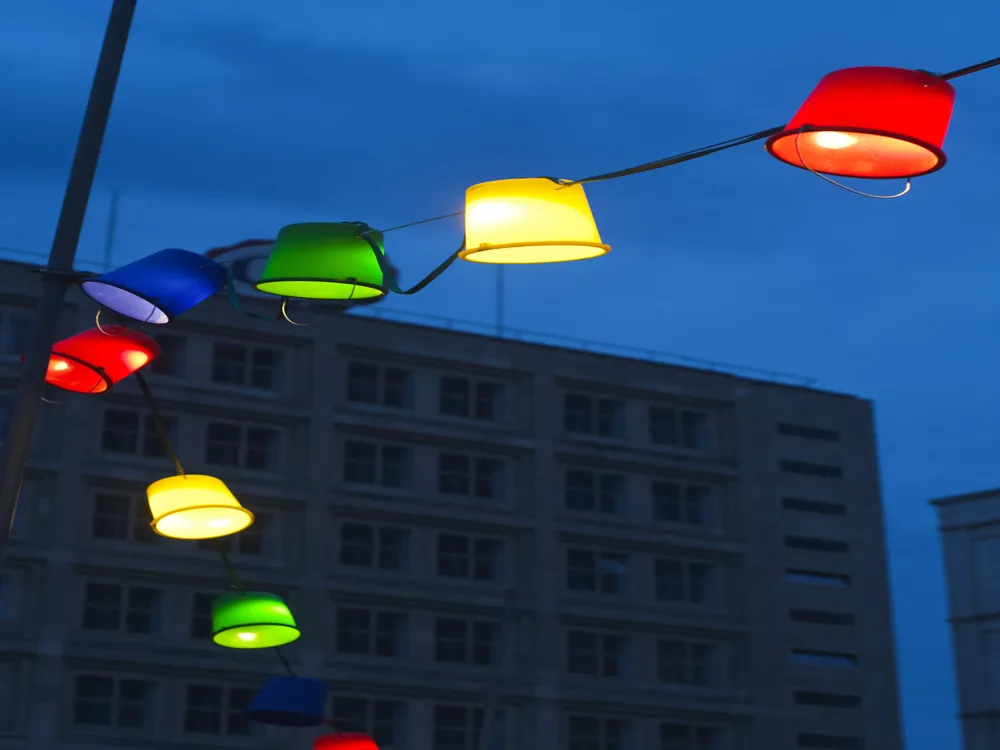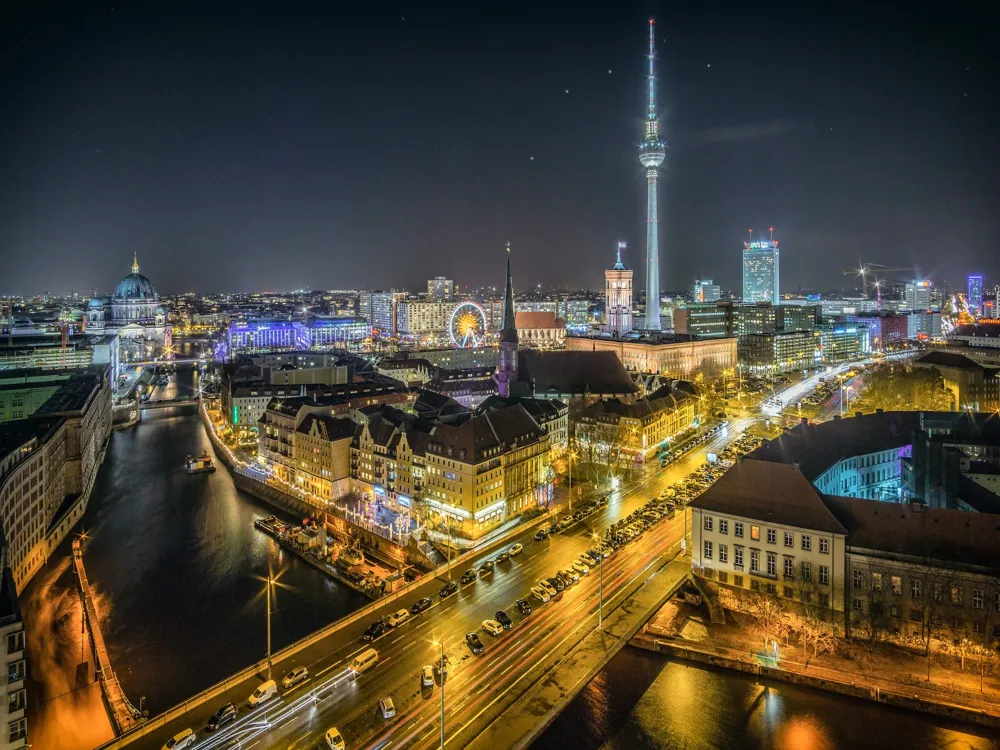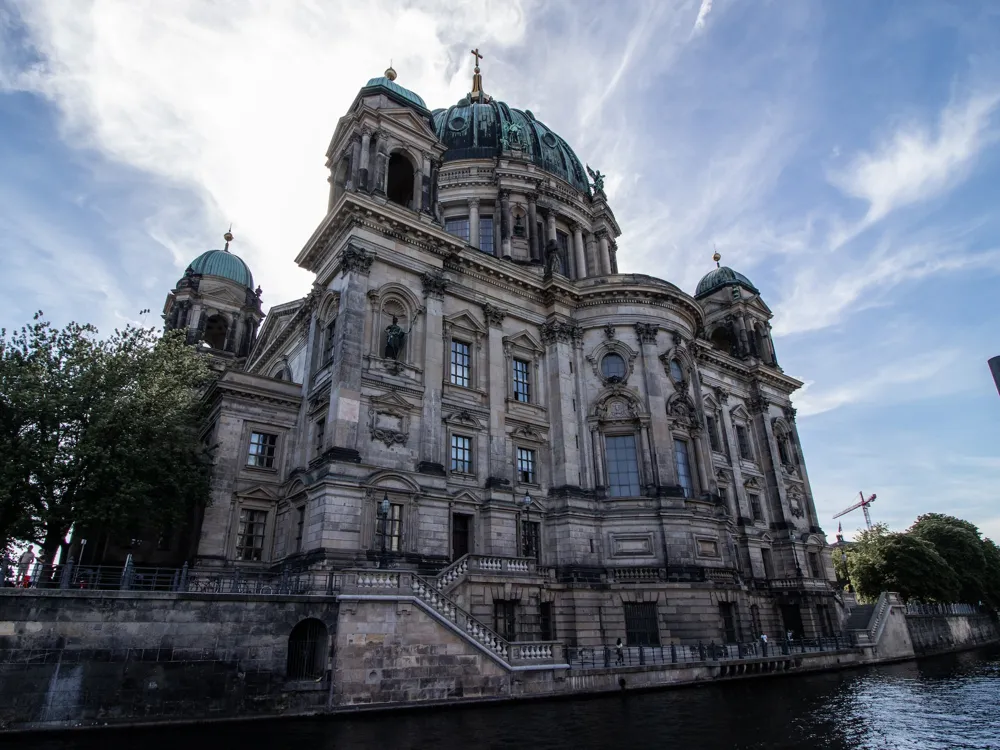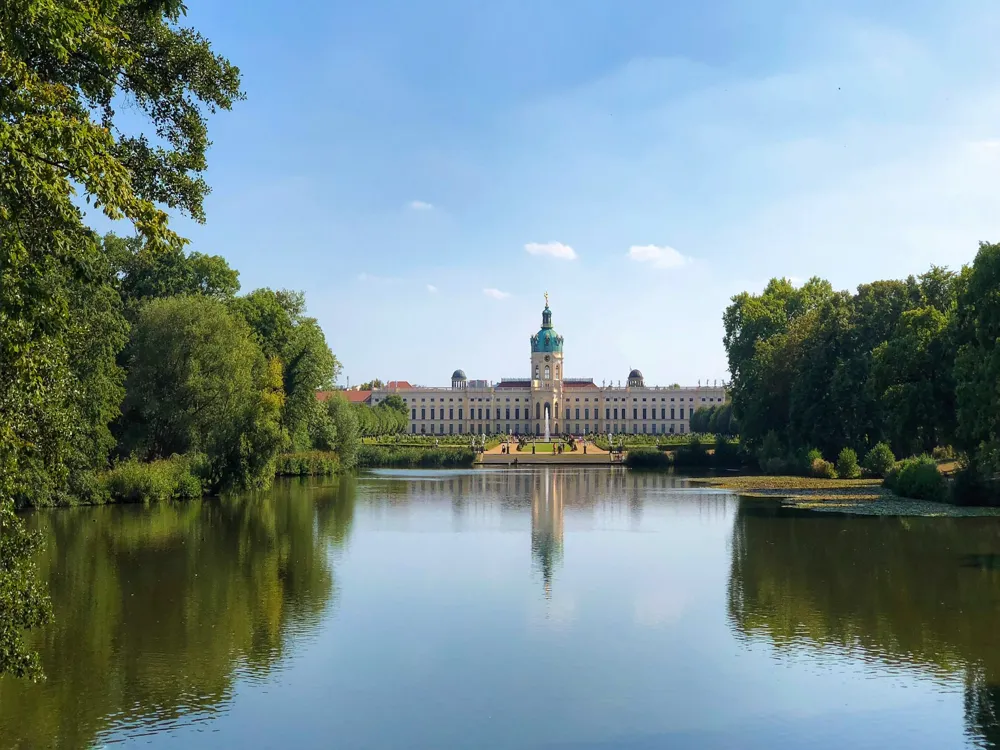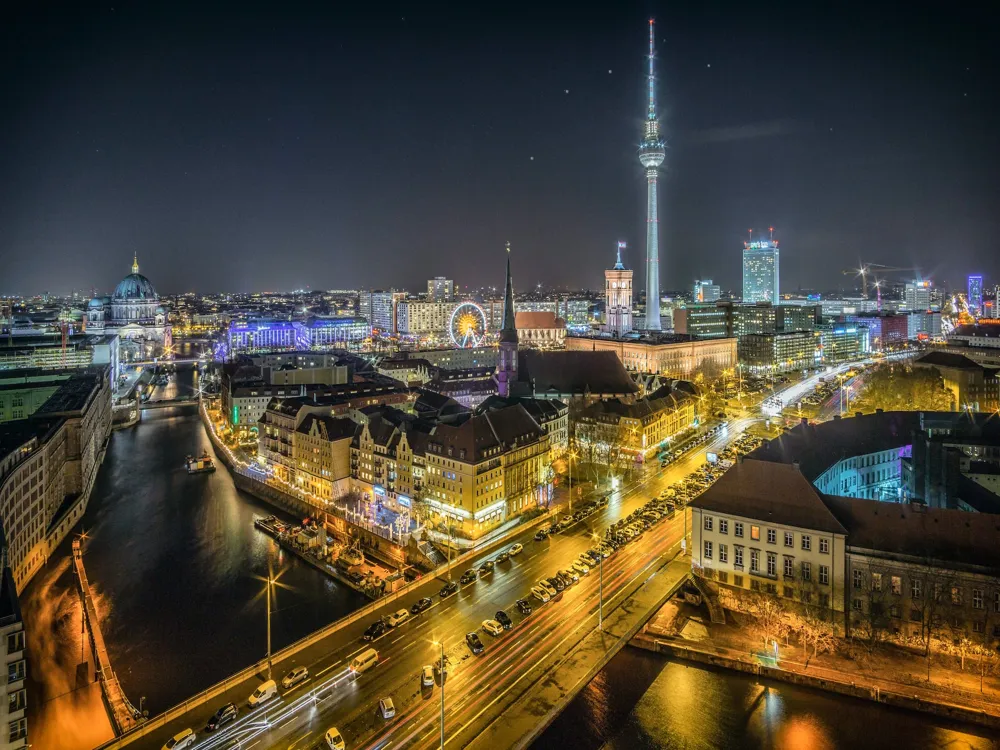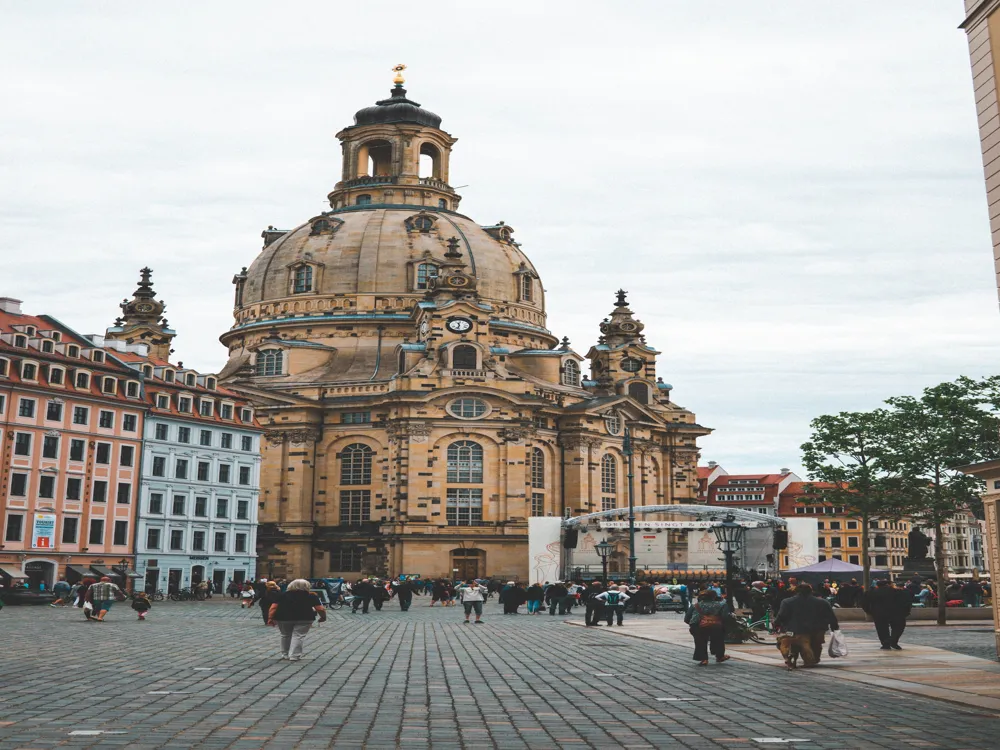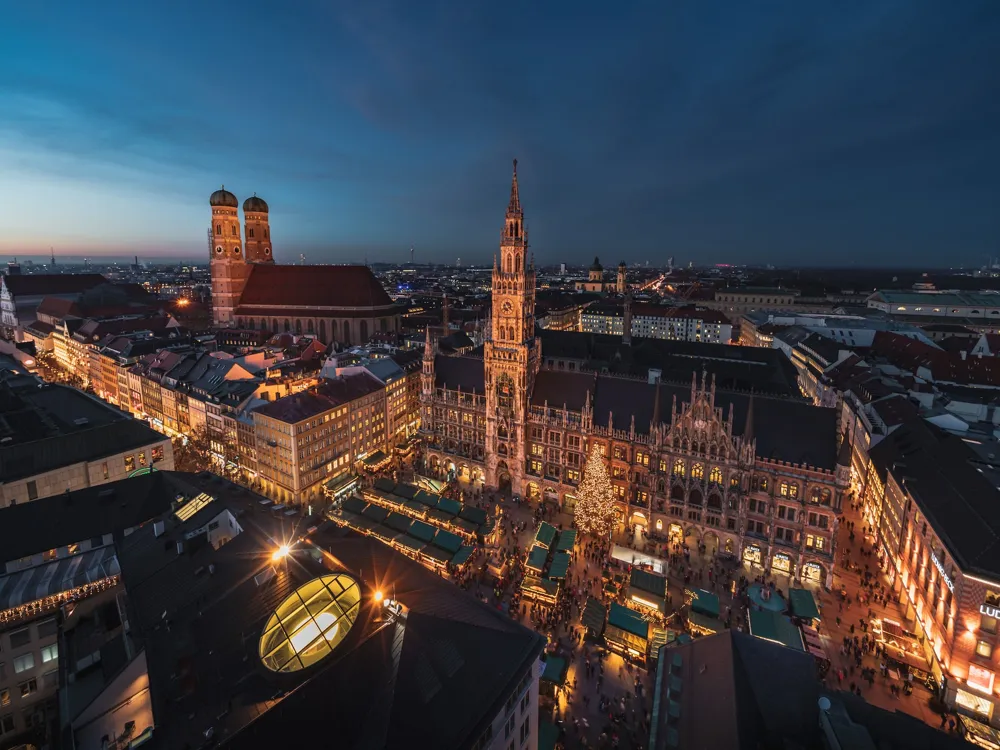Berlin, the capital city of Germany, is steeped in history and culture. It is a city that has witnessed profound changes over the centuries, evolving from a small trading post to one of the most influential cities in Europe. Berlin's rich history is reflected in its architecture, museums, and historical sites, making it a captivating destination for travelers worldwide. The city's unique past is most evident in its division during the Cold War, where the Berlin Wall became a global symbol of political tension. The fall of the Wall in 1989 marked a new era for Berlin, leading to reunification and major urban redevelopment. Today, Berlin stands as a city of freedom, creativity, and innovation, attracting artists, entrepreneurs, and students from around the globe. Berlin's cultural landscape is as diverse as its history. It boasts three opera houses, numerous theaters, and a thriving contemporary art scene. The city is also known for its festivals and vibrant nightlife, including its world-famous club scene. Culinary enthusiasts can enjoy a range of dining experiences, from traditional German cuisine to international dishes influenced by Berlin's multicultural population. Nature lovers are not left out, as Berlin is surprisingly green for a major city. It features numerous parks, lakes, and rivers, offering residents and visitors alike a chance to escape the urban bustle. The Tiergarten, Berlin's largest park, is a favorite spot for picnics, jogging, and leisurely strolls. With its blend of history, culture, and modern flair, Berlin offers an experience unlike any other city. It's a place where the past and future converge, creating an ever-evolving tapestry that continues to fascinate and inspire. Berlin's architecture is a testament to the city's tumultuous history, showcasing a mixture of different styles that reflect its past and present. From classic Prussian buildings to modern skyscrapers, Berlin's cityscape is a visual journey through time. The city's architectural journey begins with its historical buildings, such as the Brandenburg Gate, a neoclassical monument that has become an iconic symbol of Berlin. The Reichstag building, home to the German parliament, blends historical architecture with modern elements, featuring a glass dome that offers panoramic views of the city. Post-war reconstruction and reunification led to a surge in modern architectural projects. Potsdamer Platz, once a desolate no-man's-land during the Cold War, has been transformed into a bustling urban quarter with contemporary buildings designed by renowned architects like Renzo Piano and Helmut Jahn. The Sony Center, with its futuristic tent-like roof, is a highlight of this area. Berlin's commitment to sustainability is evident in its modern architecture. The city has numerous eco-friendly buildings, and urban development projects often focus on environmental sustainability, green spaces, and energy efficiency. This approach is exemplified in the EUREF-Campus, a former industrial site turned into an innovation hub for sustainable development. But Berlin's architectural charm isn't just in its grand structures. The city's diverse neighborhoods, each with its own character, showcase a variety of architectural styles. From the ornate facades of Gründerzeit buildings in Prenzlauer Berg to the modernist housing estates of the Bauhaus era, Berlin's architectural diversity is a reflection of its rich and varied history. The ideal time to visit Berlin is during spring (May to early June) or autumn (September to October). During these months, the weather is pleasant, and the city is less crowded, allowing visitors to explore its attractions comfortably. Berlin has an excellent public transportation system, including buses, trams, U-Bahn (subway), and S-Bahn (suburban trains). Purchasing a Berlin WelcomeCard can offer unlimited travel and discounts at many tourist attractions. Germans value punctuality and respect for rules. When using public transport, remember to validate your ticket, and be punctual if you're meeting someone. Also, it's customary to greet and say goodbye to shopkeepers and restaurant staff. While many Berliners speak English, especially in tourist areas, learning a few basic phrases in German can be helpful and is appreciated by locals. Don't miss trying local dishes like Currywurst, Döner Kebab, and Berliner Pfannkuchen. Berlin also offers a diverse range of international cuisines, reflecting its multicultural population. Berlin is well-connected and easily accessible from anywhere in the world. The city has two major airports: Berlin Brandenburg Airport (BER) for international flights and Tegel Airport, mainly for domestic flights. Additionally, Berlin's central location in Europe makes it a hub for train travel, with extensive rail networks connecting it to other major European cities. For those who prefer road travel, Berlin is served by a well-maintained network of highways.Overview of Berlin
Architecture of Berlin
Tips When Visiting Berlin
Best Time to Visit
Getting Around
Cultural Etiquette
Language
Local Cuisine
How To Reach Berlin
Sammlung Boros
Berlin
₹ 58,000 onwards
View berlin Packages
Weather :
Tags : Museum
Timings : Friday - Sunday: 10 AM -8:00 PM
Entry Fee : General Admission: EUR 18
Reduced: EUR 10
Planning a Trip? Ask Your Question
Also Refered As:
Boros Foundation
Berlin Travel Packages
View All Packages For Berlin
Top Hotel Collections for Berlin

Private Pool

Luxury Hotels

5-Star Hotels

Pet Friendly
Top Hotels Near Berlin
Other Top Ranking Places In Berlin
View All Places To Visit In berlin
View berlin Packages
Weather :
Tags : Museum
Timings : Friday - Sunday: 10 AM -8:00 PM
Entry Fee : General Admission: EUR 18
Reduced: EUR 10
Planning a Trip? Ask Your Question
Also Refered As:
Boros Foundation
Berlin Travel Packages
View All Packages For Berlin
Top Hotel Collections for Berlin

Private Pool

Luxury Hotels

5-Star Hotels

Pet Friendly






